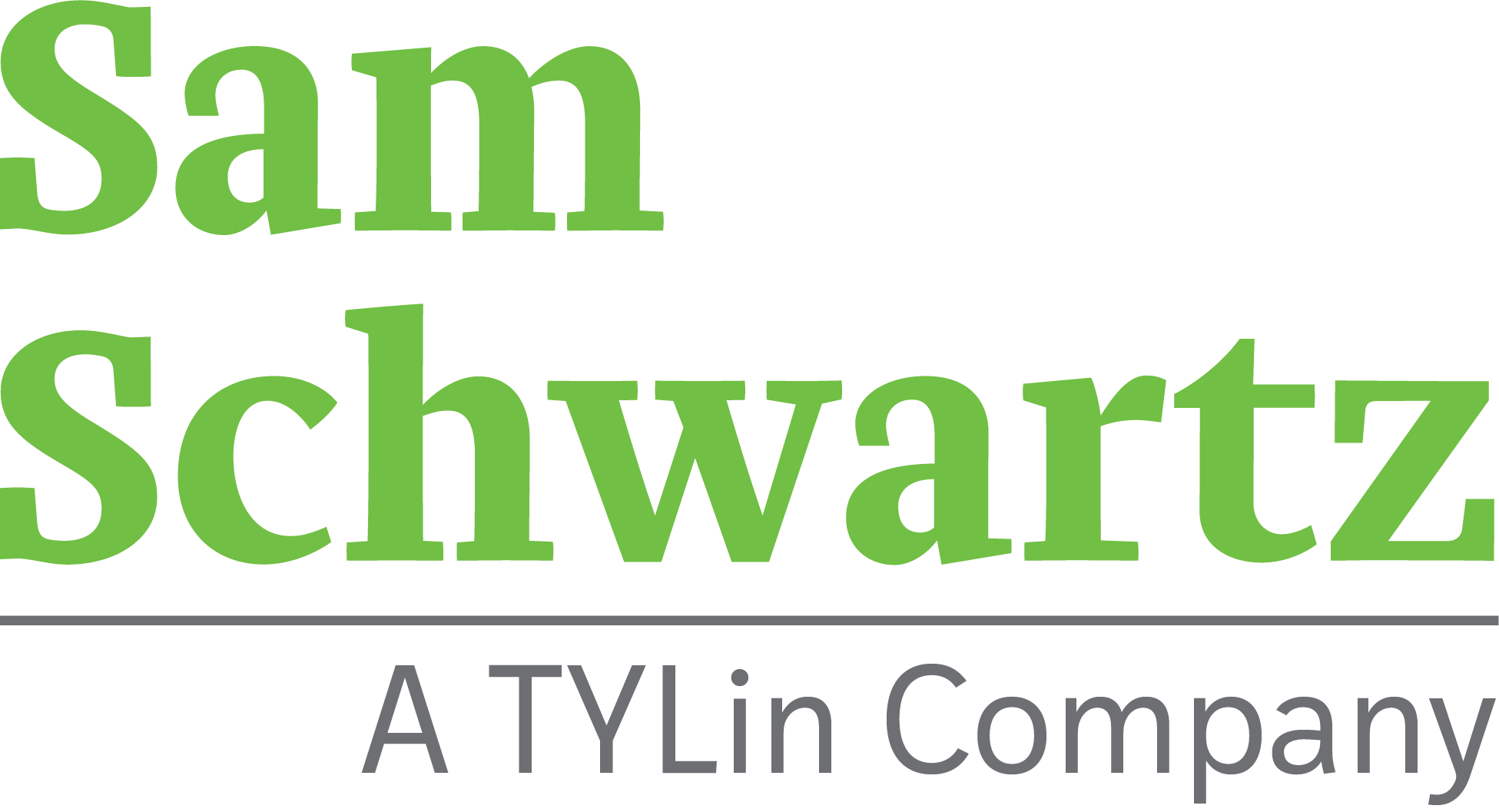Special Delivery: Advancing Zero Emissions Freight (ZEF)
By Kate Sargent, National Practice Leader, Electrification, and Alex Hanson, Senior Associate
FREIGHT, CLIMATE CHANGE, AND AIR POLLUTION
Freight is big business—and a significant driver of the climate crisis. Transporting goods contributes as much as 11% of GhG emissions. Road vehicles are responsible for two-thirds of the sector’s emissions, and their impact on the environment is accelerating quickly, in part due to the increasing popularity of home delivery.* Medium- and heavy-duty vehicles like trucks are also a major source of air pollution, which disproportionately impacts health and wellbeing in low-income communities and communities of color.** In light of these facts, the C40 Cities Climate Leadership Group has been working to green the freight sector in its member municipalities around the world; Sam Schwartz has been collaborating with one of them—Vancouver, Canada—on policy changes to reduce commercial vehicle emissions.
ZERO EMISSIONS FRIEGHT POLICIES
The primary governance mechanism for freight deliveries in Vancouver is the Commercial Vehicle Decal Program (CVDP), which allows vehicles to use commercial loading zones around the city. To identify options for enhancing the CVDP, Sam Schwartz looked for best practices from other cities, conducted interviews with key participants in the local freight sector, and surveyed CVDP users.
Ultimately, the team zeroed in on three major levers for reducing GHG emissions and improve air quality:
1. Increasing decal costs, for either all internal combustion engine (ICE) vehicles or only newly registered ICE vehicles, based on annual increases in existing ZEV sales targets;
2. Instituting a requirement, which could ramp up gradually or take effect at a specific milestone year, that all vehicles participating in CVDP must be zero-emissions; and
3. Implementing a vehicle retirement mandate for older, more polluting trucks.
In the final analysis, we found that a combination of all three elements would have the most positive impacts on sustainability, health, and the local economy. Assuming 2040 as the milestone year for mandating a zero-emissions fleet, from 2024 - 2050, this combination of strategies is forecast to generate $1.9B - $4.6B CAD ($1.4B-3.4B USD) in air pollution reduction benefits by reducing the amount of CO2, NOx, and PM2.5 in the air. These reductions in air pollution would be particularly meaningful for marginalized groups in Vancouver—especially Indigenous and low-income residents—who face disproportionate exposure to air pollution and its resulting health impacts. It would also produce an estimated net benefit of $1.3B CAD ($974M USD) for the businesses participating in the CVDP program from lower fuel and maintenance costs over the same period.
TRANSITIONING TO A ZERO EMISSIONS FREIGHT FLEET
Zeroing out freight emissions in Vancouver will require constant communication and collaboration. Small businesses will likely face the greatest difficulty in transitioning to ZEVs, and it is important that the city provide additional support to small businesses and businesses owned by women and people from marginalized groups.
One key consideration surfaced through the policy review and interviews was the need to ensure that participating in the CVDP provides good value to businesses as the requirements they must meet become more stringent. Reforms should be paired with other measures such as expanding the number of loading zones and lanes across the city (particularly in higher density, more congested areas), increasing enforcement of loading zones and lanes (to decrease non-permitted vehicles using and blocking them), and providing shared electrical vehicle charging in some zones. These improvements to the CVDP would increase the efficiency and reliability of deliveries in Vancouver. In tandem with the reforms outlined above, these changes would result in a program that delivers greater benefits to Vancouver’s communities.
SUSTAINABLE FRIEGHT LESSONS FOR OTHER CITIES
Having a citywide regulatory mechanism for commercial vehicles, as Vancouver does, provides a useful basis for the transition to ZEF. Cities without such systems should explore establishing licenses or permits for all vehicles participating in urban freight and goods delivery.
These requirements can be paired with other measures to encourage ZEF and ensure small businesses are not disproportionately burdened, such as providing technical support, exploring aggregated bulk procurement and/or vehicle-share services, flexible requirements or direct financial support for small businesses, and the enhancements to loading zone infrastructure and enforcement noted above. Between these improvements and measures that increase adoption of ZEF, cities can deliver win-win-win solutions that reduce congestion and improve the efficiency and reliability of delivery, equitably benefit communities by lowering air pollution and reducing GHG emissions, and save businesses money by lowering long-term fuel and maintenance costs.
Elements of this blog piece were adapted from “Vancouver Zero Emissions Freight Study: C40 Case Study”.
*https://climate.mit.edu/explainers/freight-transportation
**https://www.ucsusa.org/sites/default/files/2023-02/federal-clean-trucks-report.pdf, P. 5




